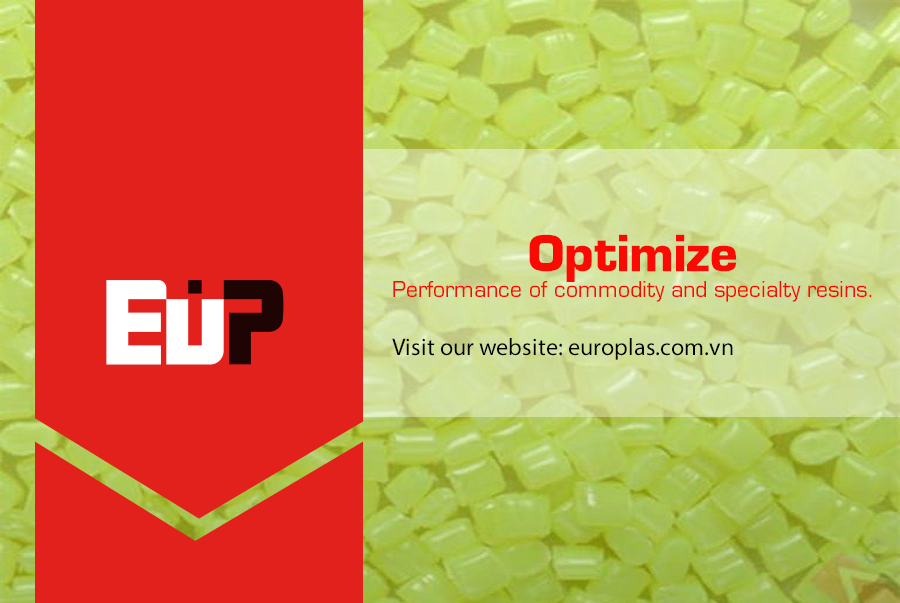Generally, the packaging is the biggest market for plastics and additives, followed by the building and construction market.
In the previous post, we already discussed several points of the packaging market. And today, we're gonna talk about plastics and additives in the building and construction industry.
 EuP's Optical Brighter additives
EuP's Optical Brighter additives
Overview of construction and building industry
Construction applications mainly are window profiles, doors, siding or cladding, stair rails, flooring and roof membranes, shower cubicles, pipe and its fittings.
Rigid PVC is a material that turns the building and construction sector into a lucrative market for plastics. Therefore, it is important for high volume sales of additives.
Polyolefins and glass fibre reinforced polyester thermosets are growing their market share, leading to the incorporation of flame retardants. Wood plastics composites are used quite extensive in fencing decking, window frame parts and doors in North America.
The market share of profiles and pipe take up for about ⅔ in the rigid PVC used in the word. Well over a million tonnes of PVC are used in Europe each year in building profiles. That’s huge!
Main additives in construction and building industry
Pip and profile manufactures require heat stabilisers and lubricants. That’s why heat stabilisers and lubricants are so common.
However, recently, rigid PVC are losing its market share to polyolefins, which has the advantages over rigid PVC in sewerage pipe, replacing clay, and in drainage pipe.
Over capacity, low profit margins, and the very small number of gas pipe specifiers, as well as the reluctance of some water companies to use plastics at all, have combined to limit profitability of European companies.
In developed countries, buildings are likely to be built to higher standards of fire resistance; however, it is not quite common in developing countries. But flame retardants have a bright future in the building and construction industry.
Reinforced plastics will be more widely used within the next decade, to make or repair major civil engineering products such as bridge decks. They are also expected to benefit from the increasing popularity of windmills for ‘sustainable’ electricity generation. Germany in particular has invested considerably in wind turbines; other countries are following, including the UK. The polymers in windmill blades are usually thermosets.
New materials for old applications still appear. Street lighting poles (lamp posts) may be made of long fiber-reinforced thermoplastics in the future rather than thermosets, steel or aluminium.
Reinforced plastics are used more widely in making or repairing major civil engineering products.
75% of global use of WPCs is in building and construction. The total demand is blooming. WPCs mainly incorporate colorants, lubricants, coupling agents or compatibilizers, light stabilizers, and PVC heat stabilizers. Biocides are a must in WPC products that are subjected to wet conditions.
The growth rate in the building construction industry is forecasted to increase 3,33% each year from 2018 to 2022. Asia is still the main market, which accounts for over 50% of the total value.
Asia has the highest demand for building construction materials. Asia has the highest growth rate of construction and building from 2017 to 2022 with 5.3% on average.
Asia has the highest and fast-growing population; therefore, demands for accommodation, infractraction and building are quite high, followed by West European and North America with 1,6% and 1,1% respectively.